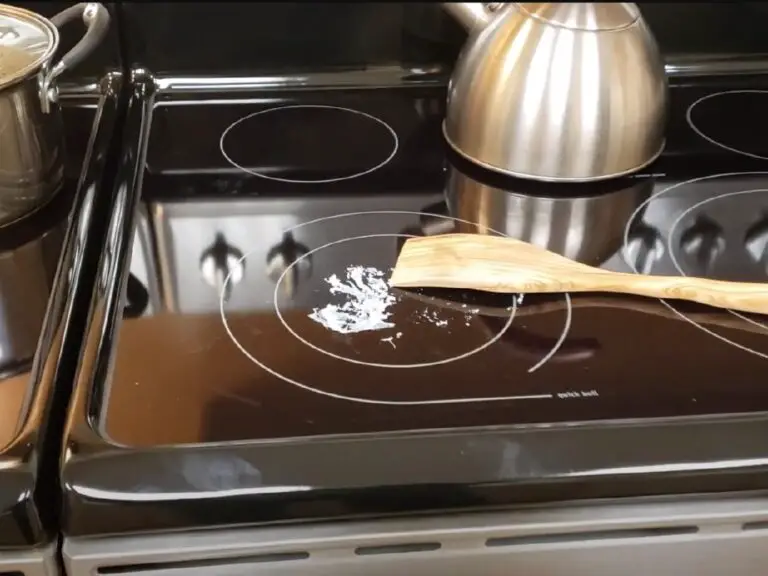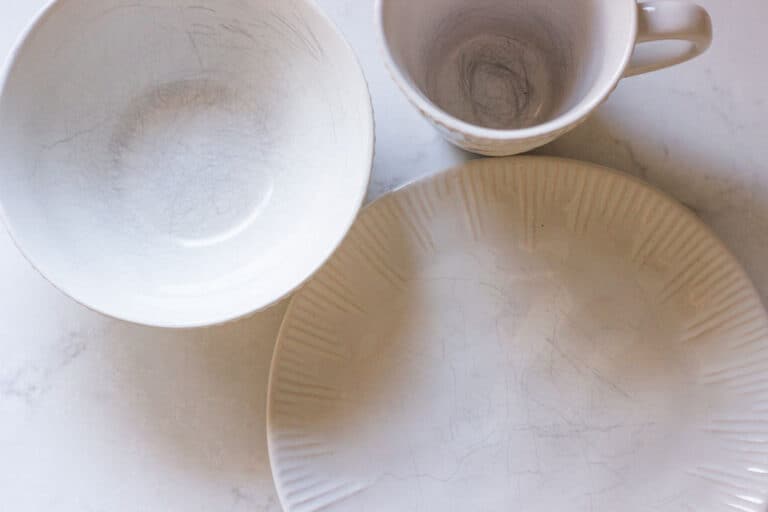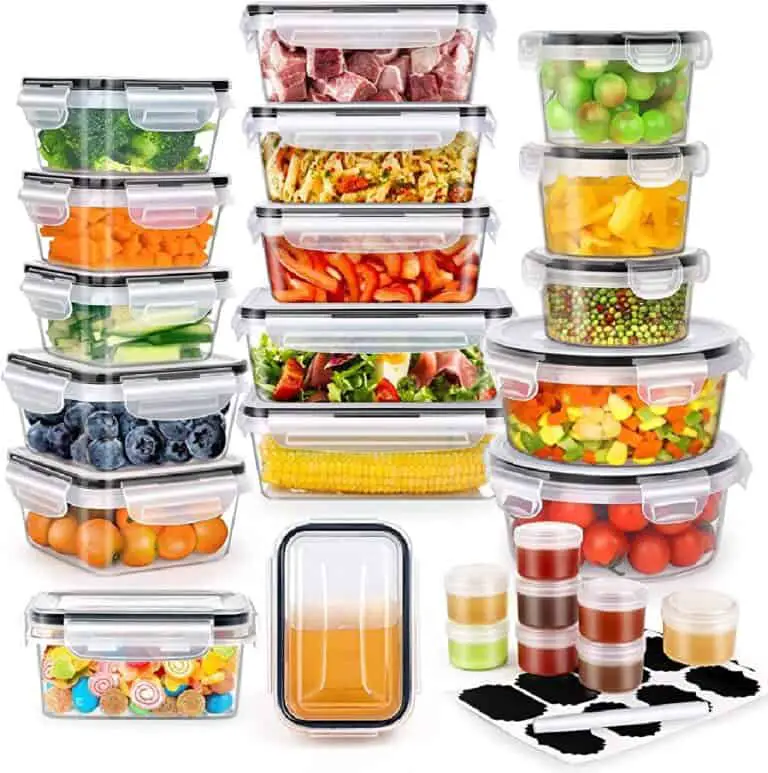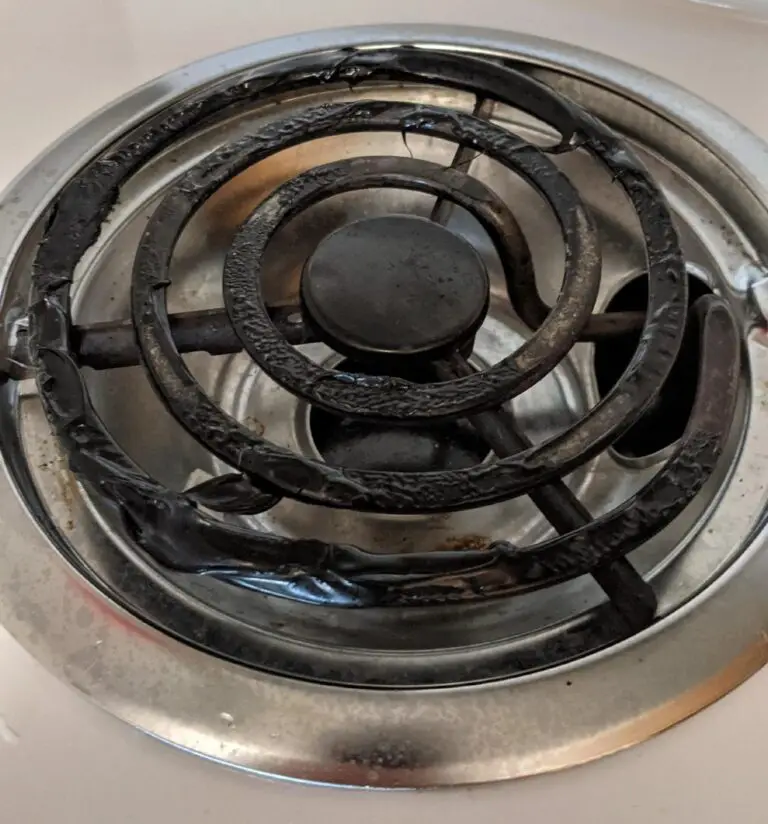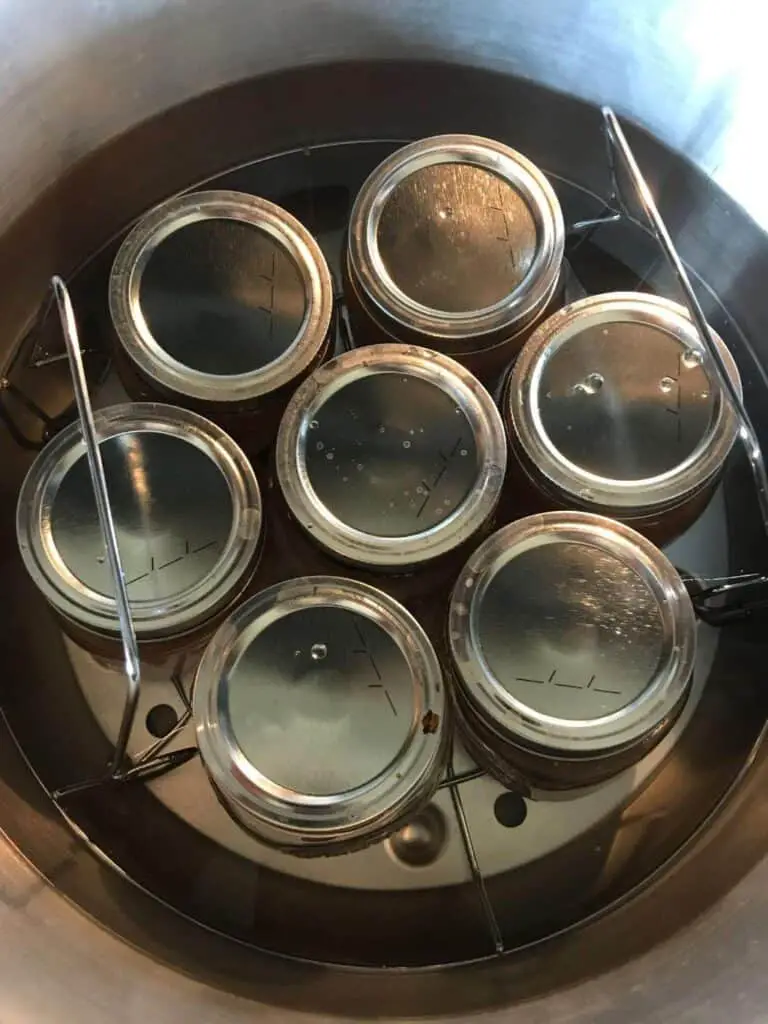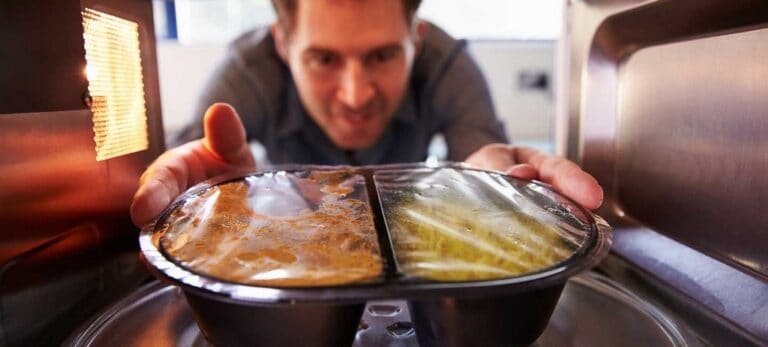My Plastic Spatula Melted in Food and On Pan — What to Do?

Cooking food is a common activity done by millions of people every day. However, one mistake in the kitchen can lead to a disastrous result.
Recently, I had this problem when I found that my spatula had melted into my food and onto my pan by accident. To my horror, I found that my spatula was made from plastic, and it made me realize how dangerous mistakes in the kitchen can be.
In this article, I will explore how this happened and discuss some tips on how to prevent similar accidents from occurring in the future.
The Risks of Using Plastic in the Kitchen
Cooking with utensils or tools made from plastic is becoming increasingly popular due to the convenience it offers. From sous vide machines to microwavable bags, plastic can be found in almost every kitchen around the world.
However, did you know that cooking with plastic can be dangerous for your health? Studies have linked Bisphenol A (BPA) and other harmful chemicals from plastics to food contamination.
When these chemicals get hot, they can get into food that is stored in containers or plastic wrap. Chemicals in tainted food have been linked to a number of bad health effects, like problems with reproduction, cancer, and thyroid problems.
Another risk associated with cooking with plastic is the potential for the plastic to melt or catch fire. This can happen when plastic utensils or containers are placed directly on a heating element like microwave or oven. This raises the possibility of melted plastic in a microwave or oven.
Melted plastic can release harmful chemicals into the air, and it can also cause physical injuries if it comes into contact with the skin.
How To Get Rid of Plastic Spatula Melted on Pan?
Cleaning and removing a spatula made of melted plastic from the bottom of a pan can seem like a hard thing to do. But it doesn’t have to be! With the right tools and knowledge, anyone can easily get rid of those pesky little pieces of plastic.
- The first step is to turn off the stove and allow your pan to cool down until it is safe enough to handle.
- Once cooled, you will need a few supplies, such as a scrub brush, baking soda, vinegar, and water.
- Start by sprinkling baking soda over the area with melted plastic spatula residue on it and let sit for 10-15 minutes.
- Next add some boil vinegar over top of the baking soda and use your scrub brush to work in circles until all of the residue has been removed from your pan.
- Finally rinse off with warm water and dry with a towel or paper towel – voila! Your pan is clean!
Is It Safe to Use a Pan That Once Held Melted Plastic?
It is generally not safe to use a pan that once held melted plastic, as the plastic may have left behind potentially harmful residue.
When plastic is heated, it can release chemicals known as plasticizers, which are used to make the plastic flexible and durable. These chemicals can leach into the food that is being cooked in the pan, potentially leading to negative health effects.
We don’t know much about the risks of consuming these chemicals, but some studies have shown that they may be linked to a number of bad health effects, such as cancer, problems with hormones, and problems with reproduction.
While it may be possible to clean the pan thoroughly, it is difficult to completely remove all traces of the melted plastic and the associated chemicals.
The safest way to make sure that the food you are cooking is not contaminated with chemicals that could be harmful is to use a new, clean pan.
How to Prevent Spatula or Plastic Stencil Melted in Food and on Pan?
- The most important thing is to never leave your spatula or any utensil in the pan unattended. If you need to step away while cooking, take them out or transfer them to another location before they get too hot.
- Be mindful of what temperature settings you are using on your stovetop or oven, and never leave plastic containers unattended while they are cooking. If you don’t want a plastic spatula to melt, you should keep it away from high heat.
- This includes avoiding placing it directly on a heating element or in the oven, and being careful not to leave it in contact with hot pans or other cooking surfaces for extended periods of time.
- Use caution when selecting a spatula: choose one made of high-grade heat-resistant plastic that can handle temperatures up to 400 degrees Fahrenheit.
- Regularly inspect and replace worn or damaged plastic kitchen items. Over time, plastic kitchen items can become worn or damaged, increasing the risk of them melting or degrading when exposed to heat. To prevent this, it is important to regularly inspect and replace any worn or damaged plastic kitchen items.
Material Alternative to Plastic Spatula
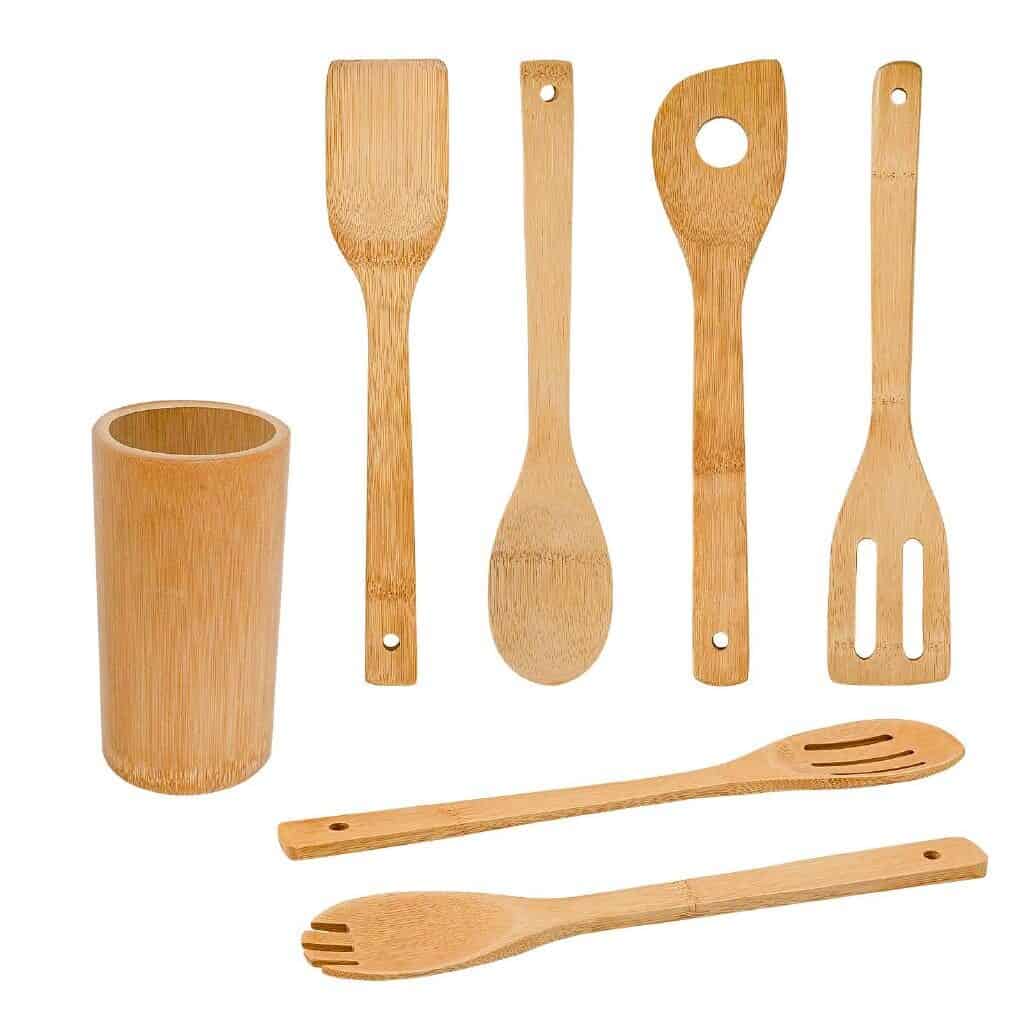
Plastic spatulas are a popular kitchen item, but they might not be the most sustainable option. Every day, we hear more news about how plastic is filling up landfills and polluting our oceans. In our case, the melted spatula from the food can be harmful to our health.
If you’re looking for an alternative to the traditional plastic spatula, there are plenty of great options out there. Here is a quick look at some of the best alternatives to traditional plastic spatulas.
- Bamboo is one of the most eco-friendly materials available, as it lasts longer than other materials and can be reused or composted once it has reached its life expectancy. Bamboo spatulas have become increasingly popular due to their durability and resistance to staining or odors from foods like garlic or onions. They also have antimicrobial properties, which make them a good choice for hygiene conscious cooks!
- Silicone cooking utensils are another eco-friendly option. Silicone spatulas are great for use with nonstick surfaces and wiping up delicate food items like eggs or pancakes. They are also heat resistant and can withstand temperatures of up to 600 degrees Fahrenheit! Best of all, they can be recycled or composted once you have finished using them.
- Stainless Steel. When it comes to choosing the right spatula for your cooking needs, stainless steel is a great alternative material. It is a durable and heat-resistant material. It can handle temperatures up to 500 degrees Fahrenheit without melting or warping. They also have a nonstick surface that prevents food from sticking to them, allowing you to easily flip pancakes, stir fry vegetables, and serve up deliciously cooked meals.
- Wood. Wooden spatulas come in many shapes and sizes. Each type serves its own unique purpose; some are better suited for stirring thick sauces or batters while others are best used to carefully fold ingredients together. Wooden spatulas also tend to be gentler on non-stick cookware than metal utensils, helping to prolong the life of your pots and pans.

